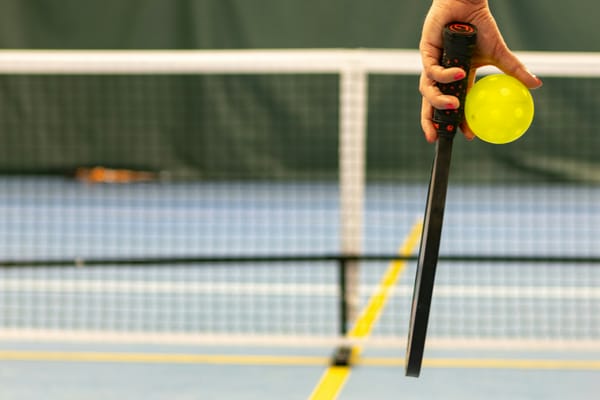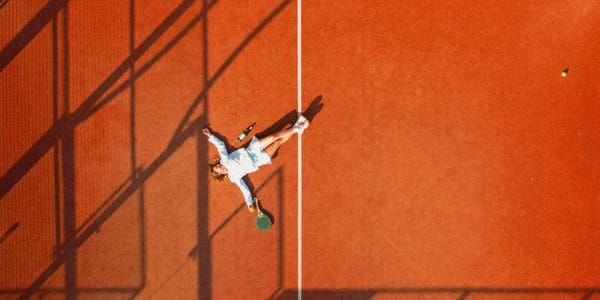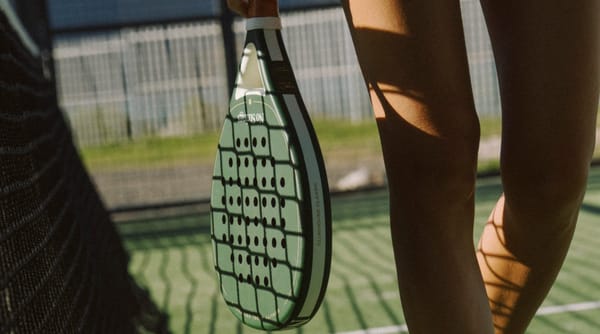Padel vs. Tennis vs. Squash: Which one comes out on top?
Racket sports fans often lump padel, tennis and squash together, but each plays very differently. Which one comes out on top?
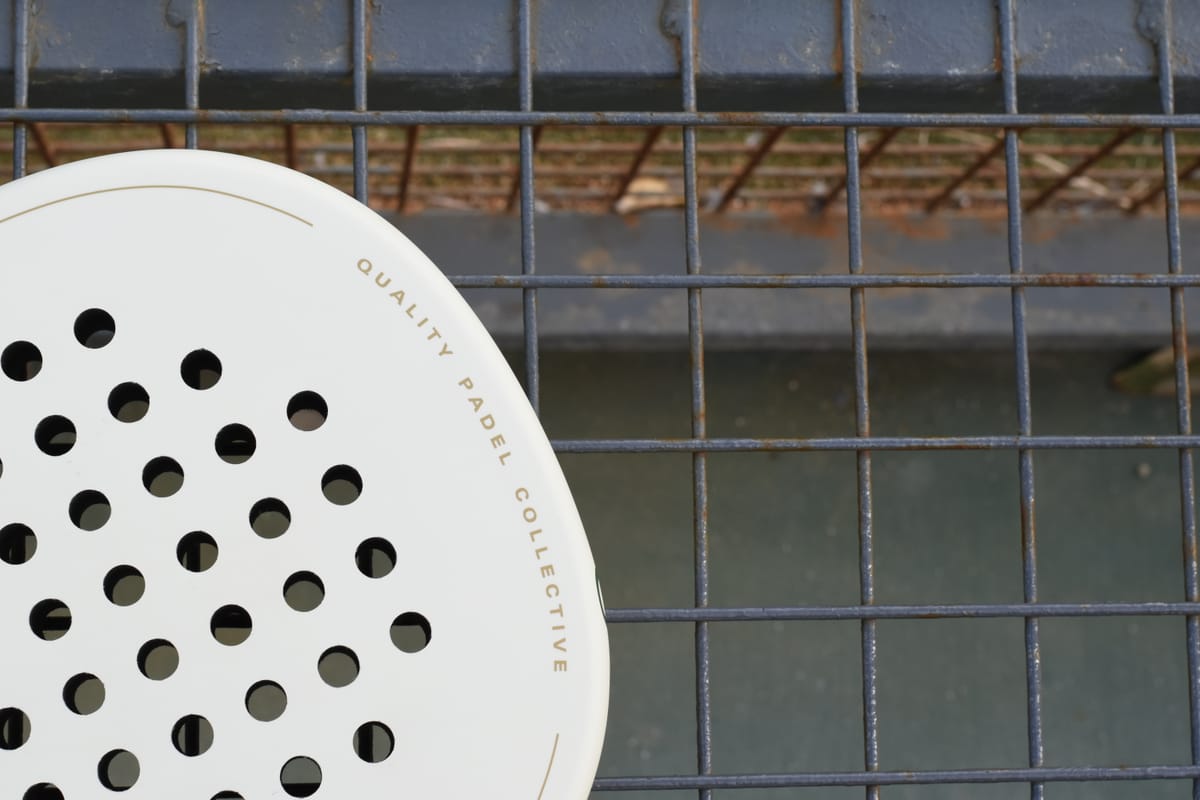
Racket sports fans often lump padel, tennis and squash together, but each plays very differently. Padel in particular is booming with millions of players worldwide and has quickly staked its claim as one of the fastest-growing sports globally. But how does it really compare to its older cousins? Let’s break it down: the courts, the gear, the style of play, and the culture.
Court Size and Layout
Size and walls make the biggest first impression.
Padel: A padel court is 20 metres long and 10 metres wide. It’s fully enclosed with glass or mesh walls, and the net is only 88 cm high at the centre. The walls aren’t just boundaries - they’re part of the game. Balls bounce off the glass, making for long rallies and creative angles.
Tennis: A doubles tennis court is bigger, measuring 23.77 metres by 10.97 metres. There are no walls - hit the ball out of bounds, and that’s the point over. The higher net and longer baseline reward heavy serves, deep groundstrokes, and a lot of sprinting.
Squash: Squash courts are much smaller, about 9.75 metres by 6.4 metres, and fully enclosed by four walls. There’s no net. Instead, you fire shots at the front wall and defend rebounds off the side walls. The pace is relentless and demands lightning-fast reactions.
The dimensions shape the game. In tennis, players need power and stamina to cover more space. In squash, they need speed and quick decision-making. In padel, players find themselves somewhere in between; using strategy, anticipation and fast reflexes, but with less brutal running than tennis.

Equipment Differences
The gear is a giveaway too.
Rackets: Padel rackets are solid-faced, carbon or fiberglass paddles, with no strings. They’re short, thick, and perforated to allow air to flow through. Tennis rackets are strung with synthetic fibres and built for whip and power. Squash rackets are somewhere in between — slightly longer than padel but lighter than tennis, designed for precision in tight spaces.
Balls: Padel balls look like tennis balls but are slightly less pressurised, giving a softer bounce suited to wall play. Tennis balls are highly pressurised for a livelier, faster bounce. Squash balls are tiny and low-bounce. Until they heat up from play, they barely move at all.
Each sport’s equipment tells you something about its pace: tennis rewards big, high-speed strikes; squash demands tight control; padel lives in the world of rallies, rebounds, and smart angles.
Playing Style and Difficulty
Each sport demands a different skill set.
Tennis is about power and endurance. You’ll sprint side to side, hammer serves at 200 km/h, and muscle groundstrokes deep into the corners. Winning points often comes down to who can strike first.
Squash is all about explosiveness. Reflexes are everything. The ball comes off the walls unpredictably, and you have milliseconds to react. It’s a lung-busting workout where players cover huge distances in small spaces.
Padel strikes a balance. It’s fast, but the walls slow down the ball just enough to allow longer, more tactical rallies. You don’t need an explosive serve. Serves are underhand but you do need quick feet, sharp reactions, and clever shot placement. And because it’s almost always played doubles, teamwork becomes just as important as technique.
In short: tennis tests strength and endurance, squash tests pure speed and reaction time, and padel challenges your strategy, reflexes (and probably a bit of creativity).
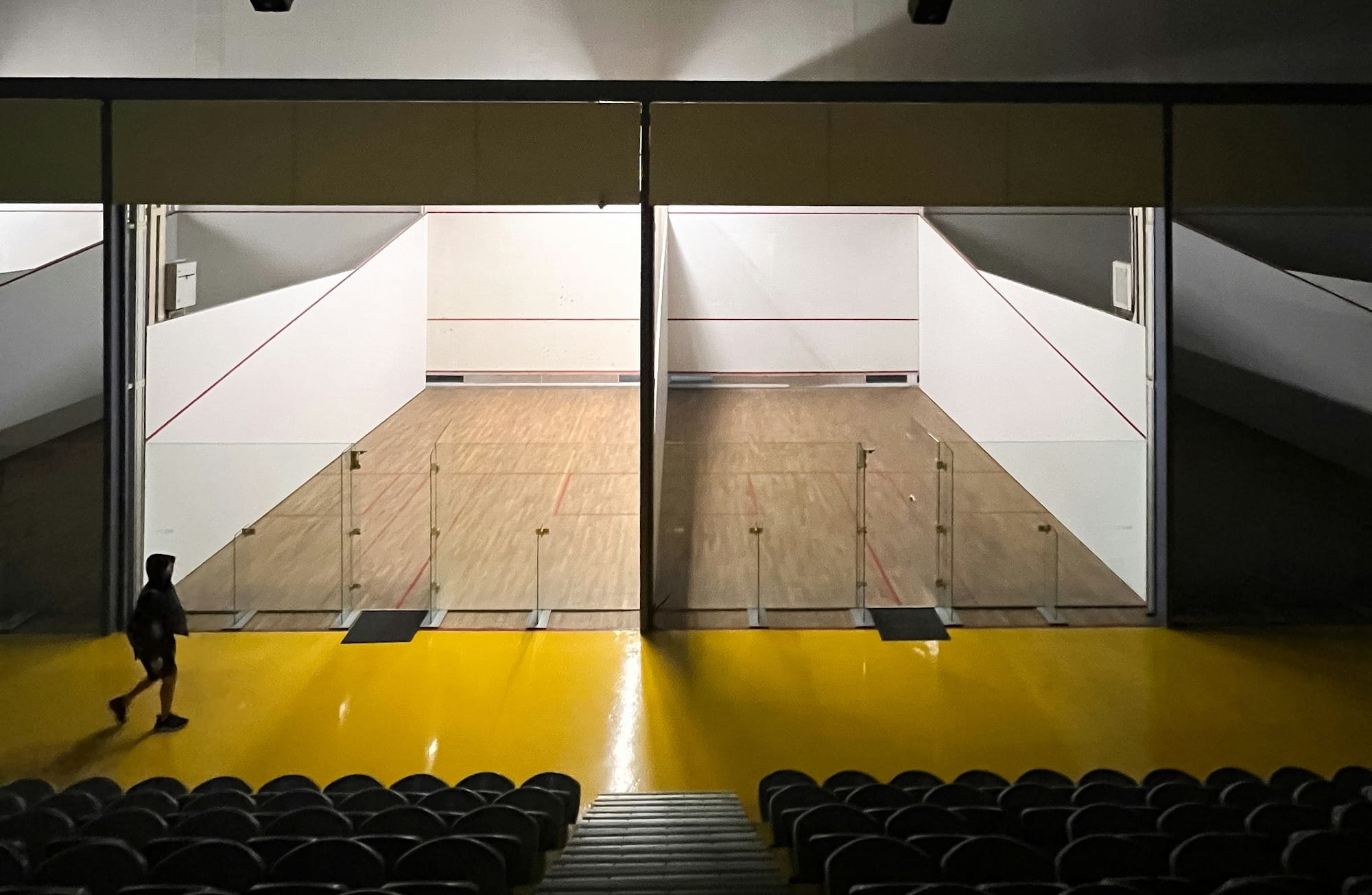
Social Aspect and Culture
The culture around each sport is just as telling.
Padel is unapologetically social. Doubles is the standard. It’s a four-person dance, full of laughter, teamwork, and a fair bit of friendly banter. After the match, it’s normal to grab a drink together - it’s as much about connection as competition. The casual, fun environment has helped fuel padel’s explosive growth worldwide.
Tennis has a wider spectrum. At a recreational level, it’s social, but often a bit more serious — with individual lessons, leagues, and more structured competitions. Professional tennis is a global powerhouse, but even at the club level, there’s a traditional sense of etiquette and rivalry.
Squash leans toward intensity. It’s fiercely competitive and physically demanding, and while strong friendships form among players, the social culture tends to revolve around the game itself rather than post-match hangs.
If tennis is the polished dinner party and squash is the intense sparring match, then padel is the fun weekend barbecue that turns competitive just for the fun of it.
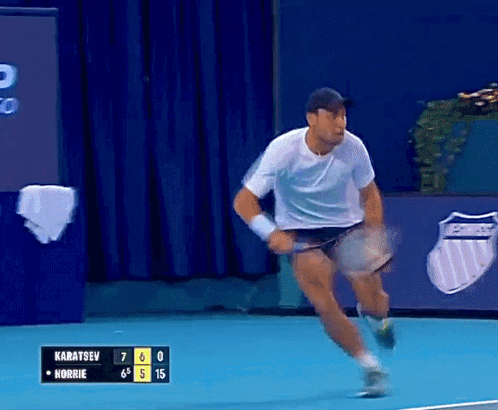
Conclusion: The Sweet Spot
Padel doesn’t just sit between tennis and squash - it borrows the best of both and adds its own flair. It has the scoring and tactics of tennis, the angles and quickness of squash, and the easygoing, inclusive spirit that’s uniquely its own.
It’s a game that rewards skill but doesn’t punish beginners. It’s competitive without being cut-throat which is why it has quickly become the sport that is easy to pick up and hard to put down. It can be technical, but in a way that’s fun to learn.
Whether you’re coming from a tennis background, a squash court, or are brand new to racket sports, padel offers the perfect sweet spot. What are some other main differences between these sports that you would note? Let us know in the comments below.


